

Cabernet Sauvignon, Merlot, Cabernet Franc, Malbec and Petit Verdot. These five red grapes are the components of a classic Bordeaux blend.


The Cabernet Sauvignon grape is a small berry with a thick skin and a high pip to pulp ratio. This in turn creates a wine high in color, tannin and extract.
Learn More
Learn More


Carménère produces wines with good, plummy fruit, like Merlot, and firm structure, similar to Cabernet Sauvignon. The grape kicks in a heady dose of pepper and spice, which helps distinguish it from other varietals.
Learn More
Learn More
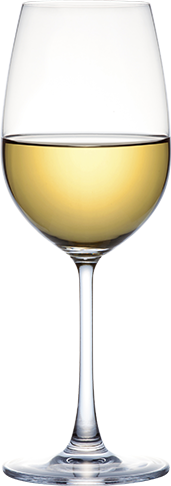

Cooler climates like New Zealand and Chablis lead to crisp, acid-prone wines, while warmer climates like southern California and Australia foster riper grapes that create heavier wine leaning towards tropical fruit flavors.
Learn More
Learn More
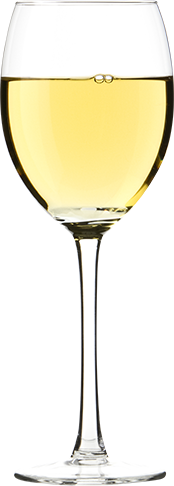

Good Chenin Blancs are delightful wines, versatile with a wide range of food depending on their sweetness level.
Learn More
Learn More
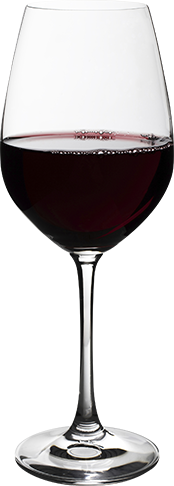

Malbec produces dark, full-bodied, delicious wines with velvety texture. It is also used in small amounts in Bordeaux blends to add color and tannin.
Learn More
Learn More
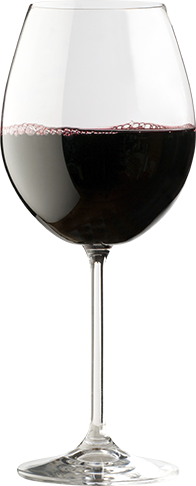

Merlot from mountain areas are usually more Cabernet like, with stronger structure and tannins; while Merlot from valley floor areas and clay-based soils are opulent, with velvety textures, often approachable when young.
Learn More
Learn More
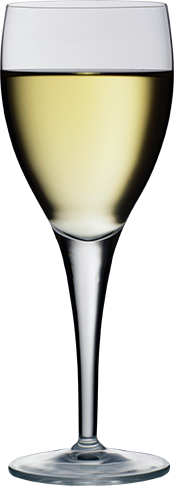

Moscato is used to create light, fizzy wines ranging from dry to sweet.
Learn More
Learn More
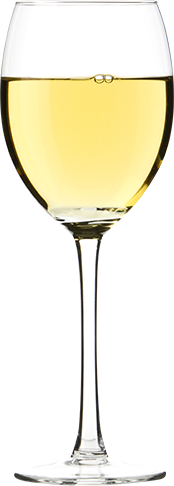

Both varietals are flavorful, but wine named Pinot Gris typically provides more body and rounder fruits, while Pinot Grigio gives lighter-bodied, citrus fruits.
Learn More
Learn More


Many may wax poetic about this grape, the reason being that Pinot Noir produces an amazing contradiction in wine – something so delicate and subtle, yet powerful and mesmerizing.
Learn More
Learn More
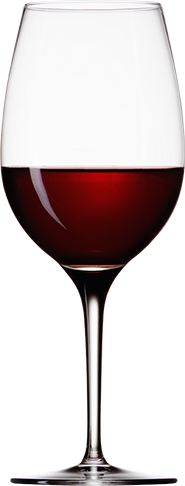

Rhône blends are a wonderful combination of rustic and ripe – showing their flavors and delicious character upon release.
Learn More
Learn More
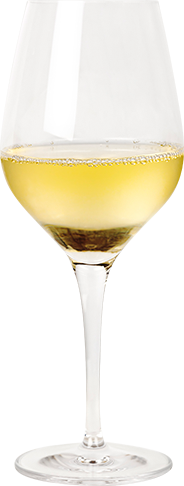

The whites blends of the Rhône are usually rich in fruit flavors and aromatics. Three of the primary grapes, Viognier, Roussanne and Marsanne, are intense on aromatics & texture.
Learn More
Learn More
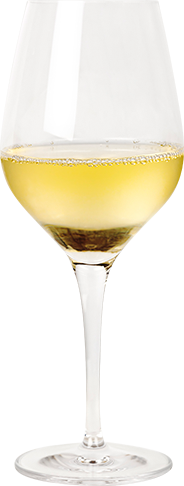

Riesling has an extremely high level of acidity. That acidity is matched by the intensity of the grape’s floral and fruit aromas. A number of descriptors are associated with Riesling due to its tendency to adopt the characteristics of where it is grown.
Learn More
Learn More
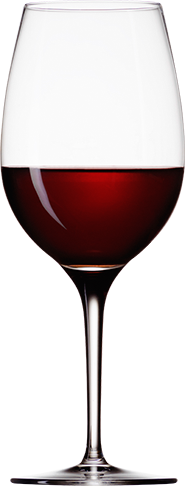

Sangiovese is a slow-growing, late-ripening grape. It has high acidity and a thin skin, which makes it difficult to master.
Learn More
Learn More
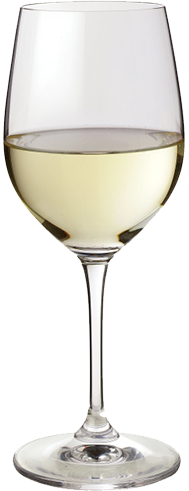

Sauvignon Blanc is a deliciously crisp varietal, ranging in flavors from grassy to fruity to oaky, depending on where it’s grown and how it’s produced.
Learn More
Learn More
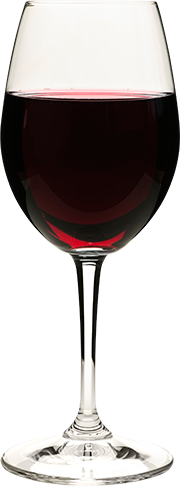

Like many world-popular grapes, Syrah (also known as Shiraz) can differ in style depending on the climate, region and winemaking techniques. Typical aromas and flavors from most Syrah-based wines include pepper, blackberry and leather or smoke.
Learn More
Learn More
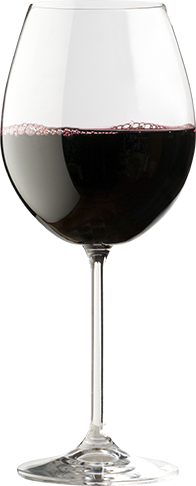

Tempranillo features flavors of red fruits like sweet strawberries and tart cherries, backed by a rustic edge. The combination of the tart fruit and tannins make this wine very food friendly.
Learn More
Learn More


Zinfandel stands out with its very berry intensity and exotic spice notes. In some, jammy fruit will dominate; in others, it’s the spice that wows the palate.
Learn More
Learn More

OUR SOCIAL LINKS